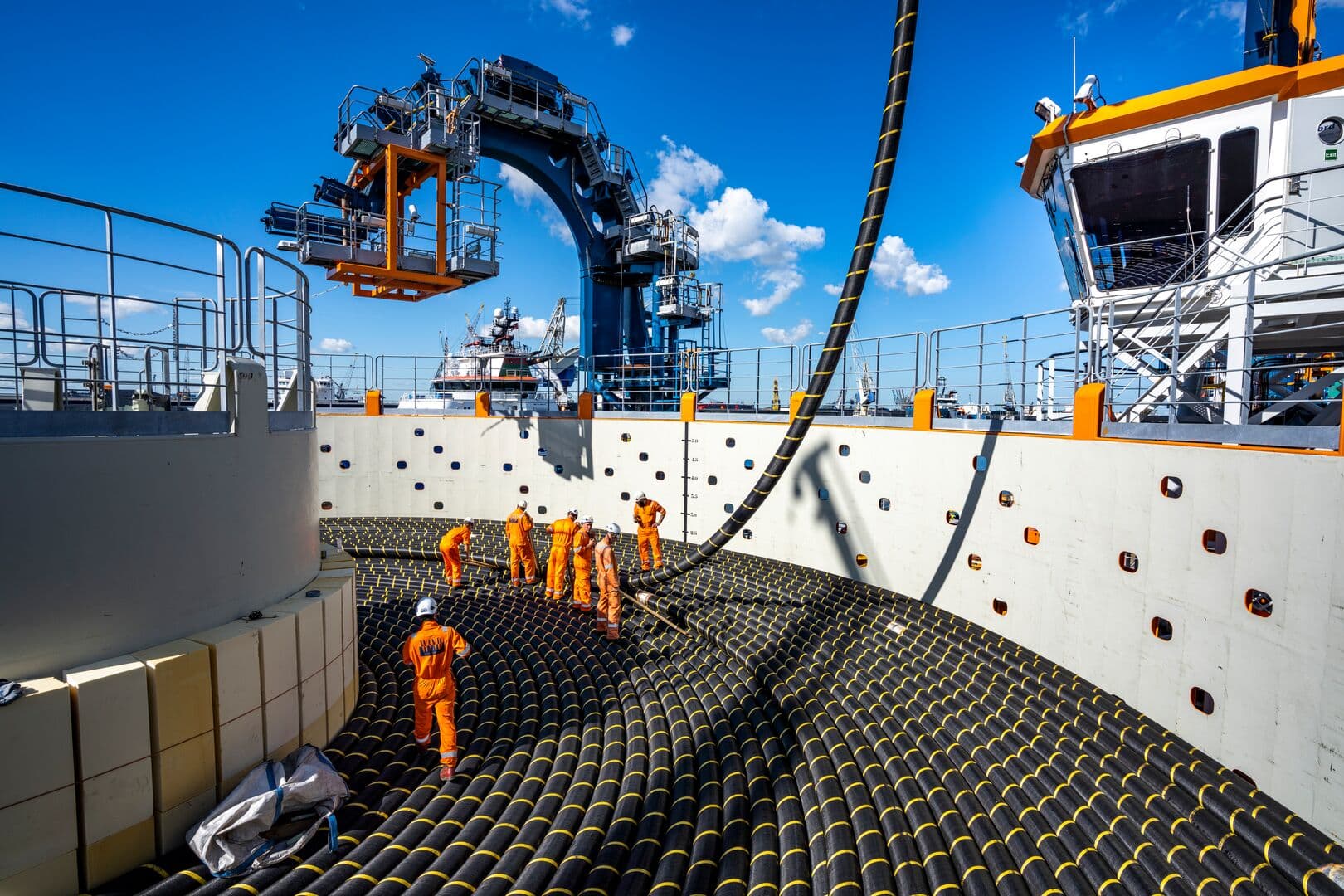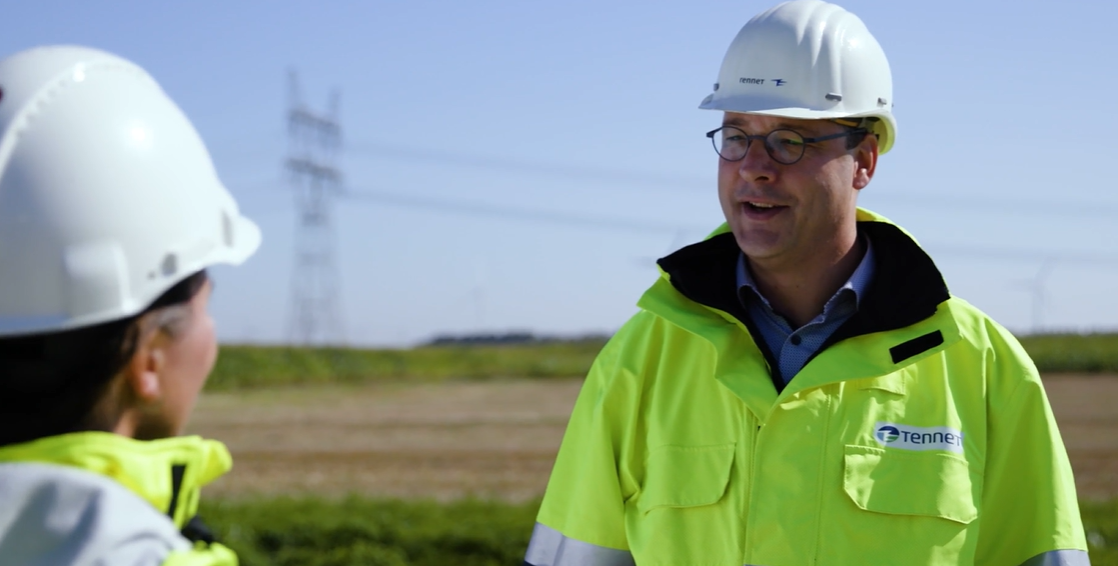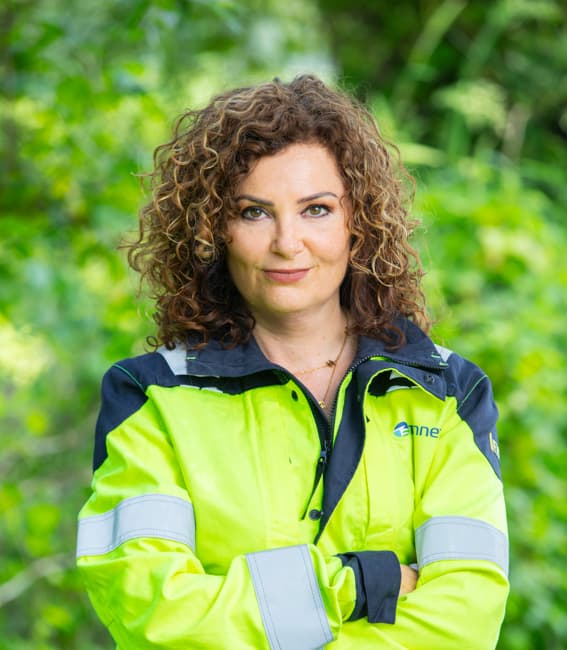
Security of supply
What is security of supply?
Electricity for everyone at any time of the day
Security of supply exists when consumers and companies can use electricity at any time of the day. To guarantee high security of supply, we work intensively with other parties. It is the responsibility of governments and electricity producers to ensure that sufficient electricity is produced. At TenneT we monitor the security of supply. We do this in three forms.
Role TenneT
Our three supply security roles are interconnected and influence each other to a large extent
On behalf of the Ministry of Economic Affairs and Climate, we annually analyse the security of supply of electricity in the Netherlands. We examine whether there is always enough electricity available to meet demand. We publish the results in the report ‘Monitoring Leveringszekerheid’.
The Adequacy Outlook looks further ahead than the ‘Monitoring Leveringszekerheid’, which always looks at the security of electricity supply 'only' 10 years ahead. In the Adequacy Outlook, we examine what is needed to maintain the security of electricity supply in a future (net) CO2-free electricity system based entirely on renewable energy sources such as wind and solar.
With 99.99% grid availability, we are one of the most reliable grid operators in the world. This means that our electricity grids are almost always available for electricity transmission. Outages are rare and if they occur at all, they last for a short time.
Green electricity
The Netherlands is producing more and more energy from wind and sun. This increase may affect our high security of supply. This is because we depend on weather conditions to generate green electricity. To achieve a reliable electricity grid in a changing energy landscape, we play an active role in the political and social debate in the Netherlands, Germany and Europe.
To ensure that electricity is always available, the supply and demand of electricity must be continuously balanced. The high-voltage grid in Europe operates at a frequency of 50 Hertz (Hz). TenneT's task is to keep this frequency stable by balancing supply and demand. When exactly the same amount of electricity enters and leaves the grid, the frequency is 50 Hz. If the frequency goes too much below or above 50 Hz, this can lead to power cuts.
TenneT's responsibilities in Europe
Each high-voltage grid operator (TSO) in each country is responsible for balancing its own system in its own service area. If this fails, other TSOs help with system and transmission processes. TenneT is represented in ENTSO-E, an alliance of 42 TSOs from 35 European countries operating in Europe's synchronised electricity network. The grid allows 400 million end-users in 24 countries to use electricity day and night.

Importing more electricity in the future
Our report ‘Monitoring Leveringszekerheid’ shows that the Netherlands will become increasingly dependent on electricity imports in the future. Security of supply remains within acceptable limits until 2025. After that, the increasing demand for electricity combined with the decline of coal-fired power plants, gas plants, biomass plants and nuclear power plants will result in a greater need for imports.
This development is not unique to the Netherlands. Neighbouring countries will also start importing more electricity. Together, we will have to match available production capacity to avoid shortages.
Offshore wind energy
An important source of sustainable electricity in the future is offshore wind energy in the North Sea. In fact, we expect it to become the main energy source for Northwest Europe and possibly also for green hydrogen production. Depending on demand, wind farms need to supply electricity not only to one country, but to several countries at the same time. It is therefore very important to approach offshore wind farm development from an international perspective.
Submarine high-voltage cables
High-voltage cables connecting offshore energy hubs to different countries play a major role in ensuring security of supply. These submarine cables transport electricity to a single country and also function as interconnecting lines between several countries. This dual function allows investments to be used more efficiently and increases security of supply in all connected countries and markets.
Contacts

Eefje van Gorp
SpokespersonSpokesperson
